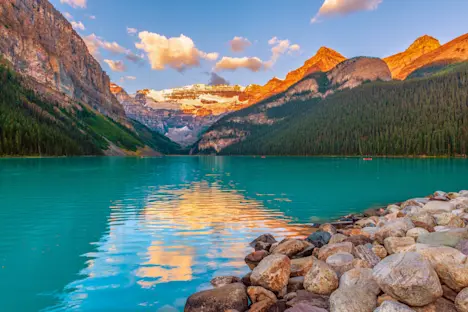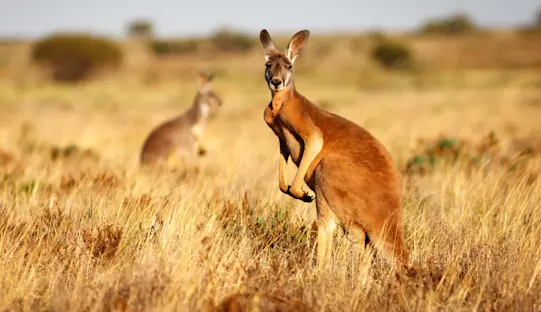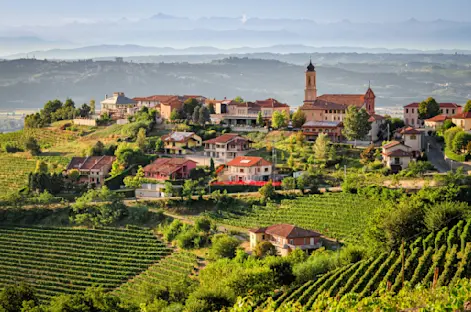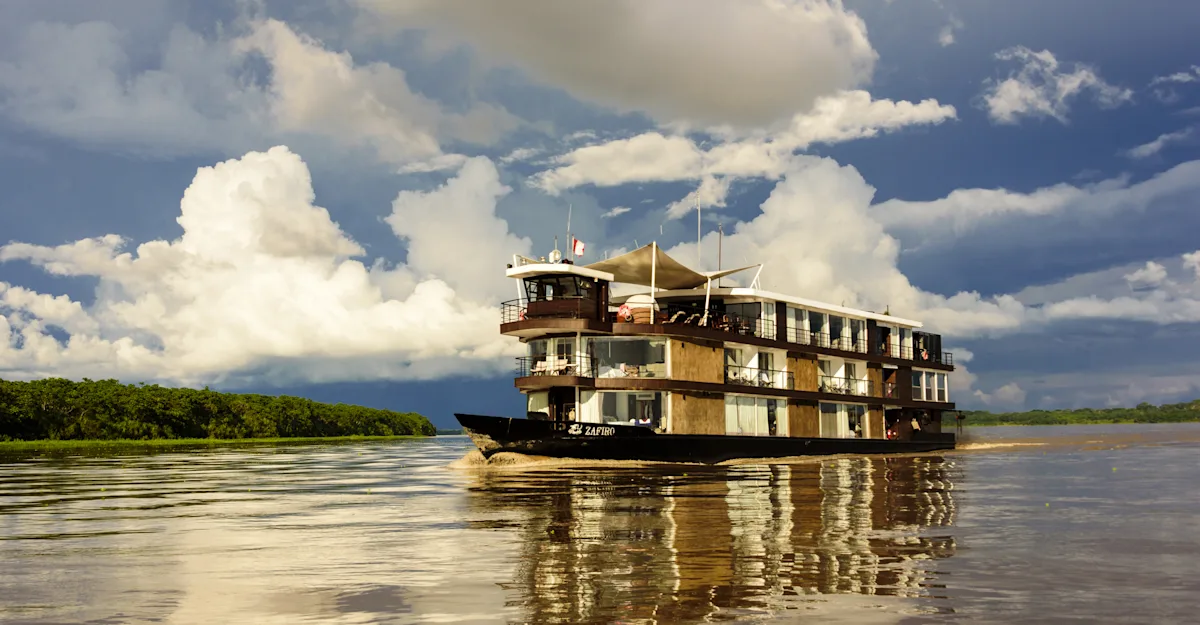
Know Before You Go: Amazon Tours


What Wildlife Will I See in the Amazon?
The Amazon Rainforest is the most biodiverse terrestrial ecosystem on the planet, with more than 400 mammal species and 1,300 types of birds. In protected regions like Peru’s Pacaya Samiria National Reserve, travelers enjoy rare access to high concentrations of wildlife—not just by number of species, but in terms of actual sightings. These rich floodplains, blackwater lagoons and dense forests are home to thousands of remarkable creatures, many of which are visible from your riverboat or skiff.
What Animals Can I See in the Amazon Rainforest?
Mammals
Animals | Where To Spot | Likelihood of Sighting |
|---|---|---|
Pink river dolphins | Frequently surfacing near skiffs in rivers and tributaries | Commonly seen |
Howler, squirrel & monk saki monkeys | Traveling in noisy troops through the rainforest canopy | Commonly seen |
Three-toed sloths | Clinging motionless to high tree branches | Often seen |
Bats and capybara | Active at dusk or resting along muddy riverbanks | Sometimes seen |
Birds
Animals | Where To Spot | Likelihood of Sighting |
|---|---|---|
Scarlet macaws, toucans, hoatzins | Nesting or flying through rainforest treetops | Commonly seen |
Herons, egrets, jacanas, kingfishers | Foraging along riverbanks and oxbow lakes | Commonly seen |
Owls, nightjars, potoos | Best spotted during guided night excursions | Occasionally seen |
Reptiles & Amphibians
Animals | Where To Spot | Likelihood of Sighting |
|---|---|---|
Spectacled caiman | Resting motionless on muddy banks near water | Often seen |
Poison dart frogs | Heard in the undergrowth; sometimes seen on forest walks | Occasionally seen |
Iguanas | Sunning in treetops or near riverside clearings | Sometimes seen |
Fish & Aquatic Species
Animals | Where To Spot | Likelihood of Sighting |
|---|---|---|
Piranhas | Caught or observed during fishing demonstrations | Commonly seen |
Arapaima | Rising to breathe in deeper lagoons or oxbow lakes | Sometimes seen |
Electric eels | In slow, murky waters—rarely seen but present | Rarely seen |
How Close Will I Get to Wildlife?
Wildlife encounters in the Amazon Rainforest can be remarkably close and personal—especially in remote regions like Peru’s Pacaya-Samiria National Reserve, where human activity is minimal and animals are more relaxed in their natural environment.
On Natural Habitat Adventures’ Amazon River cruise, you’ll explore rainforest habitats by skiff and kayak, accompanied by expert naturalist guides who know how to spot wildlife without causing disturbance. From the quiet of your small boat, you may watch pink river dolphins surfacing nearby, monkeys leaping through the canopy, and colorful birds like toucans and macaws darting overhead. Three-toed sloths, hoatzins and caiman are also commonly seen during daily excursions.
For photographers and wildlife lovers alike, the Amazon’s reflective waterways offer exceptional opportunities for close-range shots—low-angle views from skiffs, wide river vistas, and soft golden light at dawn and dusk.
Amazon Wildlife Viewing Highlights
Small skiffs and kayaks allow access to shallow, wildlife-rich tributaries
Early morning and dusk outings maximize sightings when animals are most active
Naturalist guides with deep local expertise enhance each encounter
Quiet, respectful distance ensures minimal impact on wildlife behavior
Excellent photo opportunities from both skiffs and the riverboat deck
When Is the Best Time for Wildlife Sightings in the Amazon?
Wildlife viewing in the Amazon Rainforest is rewarding year-round—each season offers distinct advantages.
During the wet season (roughly December through May), rising river levels flood the forest, allowing skiffs to reach remote tributaries and hidden lagoons. These higher waters bring you closer to the canopy, where you might spot three-toed sloths, monk saki monkeys, pink river dolphins, and a stunning diversity of birds and frogs. The landscape itself bursts with color and sound as life thrives in abundance.
In the dry season (approximately June through November), water levels drop, and animals gather around smaller rivers and oxbow lakes. This concentration makes wildlife easier to see, from squirrel monkeys and caiman along exposed riverbanks to nesting herons, egrets, and macaws overhead. Lower humidity and fewer mosquitoes can make this a particularly comfortable time for exploration.
Whether you travel during high-water or low-water season, you’ll encounter extraordinary biodiversity—each offering its own rhythm, habitats, and photographic opportunities.
"Another way the tour operator contributes is to raise international awareness of the Amazon’s incredible wildlife. Together with other passengers, I explored rainforest inlets, hoping to sight caimans (relatives of the American alligator) and reclusive giant river otters. We found knobby bumps on tree trunks that turned out to be camouflaged bats and watched ivory-billed aracaris, Amazonian pygmy owls and olive-spotted hummingbirds flitting high in the treetops.” —Virtuoso
Will I See Jaguars in the Amazon?
It’s extremely rare to see jaguars in the Amazon, even though they live here. They’re more easily spotted in Brazil’s Pantanal region, where Nat Hab offers specialized jaguar-focused trips. While it’s extremely rare to see jaguars in Peru’s Amazon, you’ll be astonished by what you can see—from pink river dolphins that surface beside your skiff to monk saki monkeys leaping through the canopy. Pacaya Samiria offers some of the Amazon’s most rewarding wildlife encounters, without the crowds found elsewhere. Jaguars inhabit the Amazon Basin but are secretive and solitary. With dense vegetation and vast territories, the chance of seeing one in the wild is minimal, especially on a river cruise. Most sightings occur via camera traps or lucky encounters deep in protected reserves. For travelers set on seeing a wild jaguar, the Pantanal in Brazil offers the highest success rate. Nat Hab’s Brazil jaguar adventure is specially designed to maximize sightings, often via boat-based excursions along rivers where jaguars come to drink, hunt or rest.
How Do I Photograph Wildlife in the Rainforest?
Photography in the Amazon Rainforest is one of the most rewarding parts of any expedition—if you know how to adapt to its unique conditions. Lighting beneath the forest canopy can be dim, animals move quickly and humidity can challenge even seasoned photographers. A camera with a quality zoom lens (200mm or greater), fast shutter speeds, and strong low-light performance will help you capture sharp images of birds, monkeys and other wildlife. Many of the best shots happen from small boats or skiffs, where you’ll photograph sloths, pink river dolphins and colorful birdlife right from the water. On Natural Habitat Adventures’ Amazon River cruise, Expedition Leaders and local naturalist guides are trained in both wildlife spotting and field photography. They’ll help you anticipate animal behavior, choose the best angles and adjust for changing light conditions—so you can focus on capturing the moment.
Amazon Photography Tips:
Use a zoom lens (200mm+) for distant wildlife and canopy shots
Shoot from boats or the ship’s observation deck for unobstructed views
Be patient—wait quietly for animals to reveal themselves
Use fast shutter speeds and a higher ISO for dim conditions under the canopy
Bring extra batteries and memory cards—you’ll take more photos than you expect!
Whether you’re a seasoned photographer or a first-time traveler with a smartphone, the Amazon’s ever-changing light, reflections, and wildlife encounters create unforgettable photographic opportunities.
What is the Rarest Animal in the Amazon?
There’s no single “rarest” animal in the Amazon Rainforest, but several species are exceptionally elusive due to their low population numbers, secretive behavior or preference for remote, undisturbed habitats. Spotting any of these rare creatures is considered a once-in-a-lifetime experience, even for seasoned naturalists.
Amazonian Manatee — A gentle, fully aquatic mammal found in the blackwater lagoons and oxbow lakes of the central Amazon Basin. These endangered herbivores are shy and often remain hidden below the surface.
Giant River Otter — Endangered and highly social, this large otter species inhabits quiet tributaries and oxbow lakes. Family groups are sometimes seen in protected areas like Peru’s Pacaya-Samiria National Reserve.
Jaguar — The Amazon’s apex predator, the jaguar is rarely seen but leaves signs such as pawprints along riverbanks. With patience, travelers may glimpse one from a skiff along remote waterways.
Harpy Eagle — One of the world’s largest and most powerful raptors, this striking bird of prey nests high in the rainforest canopy and hunts monkeys and sloths. Sightings are uncommon and always thrilling.
Black-Faced Black Spider Monkey — Classified as vulnerable, this agile primate lives in small family groups in the upper canopy. Habitat loss and hunting have made encounters rare.
While sightings of these animals can never be guaranteed, Nat Hab’s Amazon River cruises and guided skiff excursions explore pristine regions where such rare species are most likely to be observed—offering unparalleled opportunities for discovery and photography.
Learn More About Amazon Wildlife
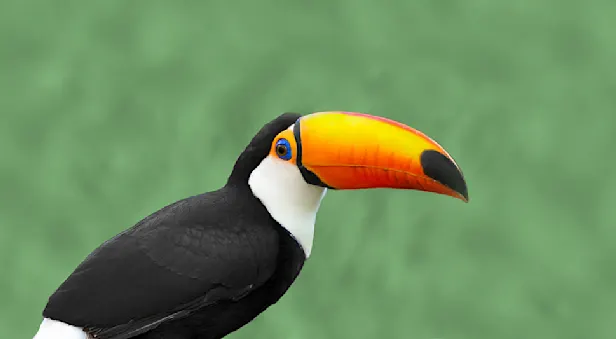
Amazon Nature Trivia
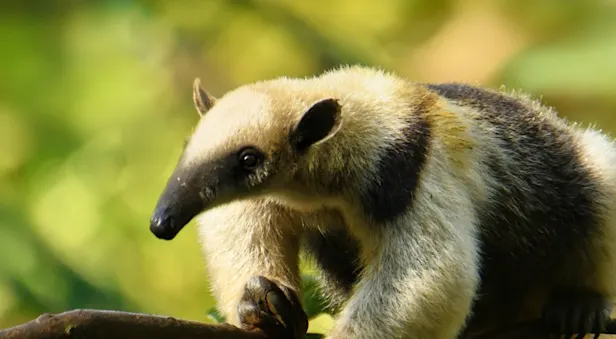
Anteater
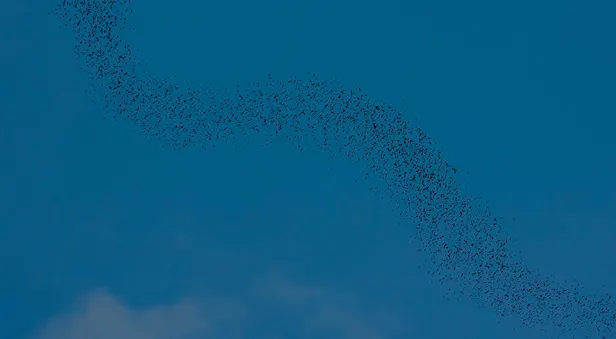
Bat
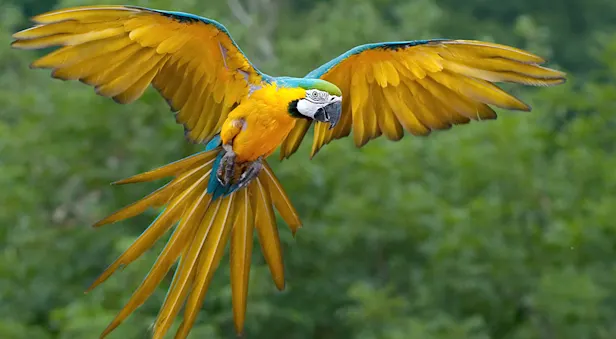
Blue-and-Yellow Macaw
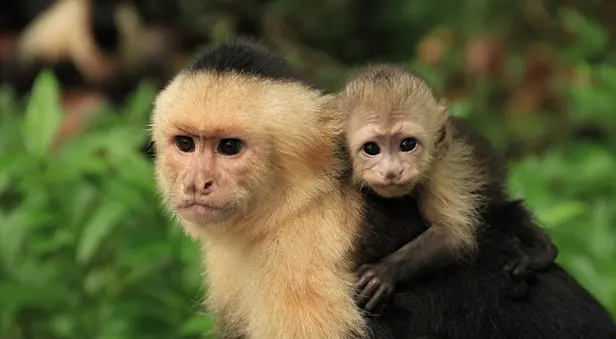
Capuchin
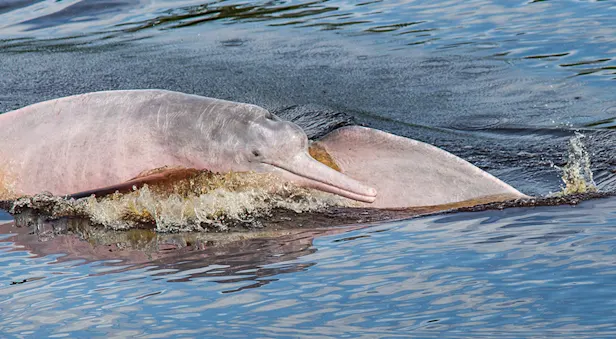
Freshwater River Dolphin
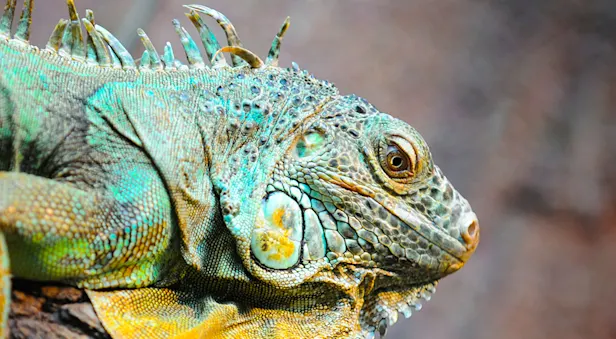
Green Tree Iguana
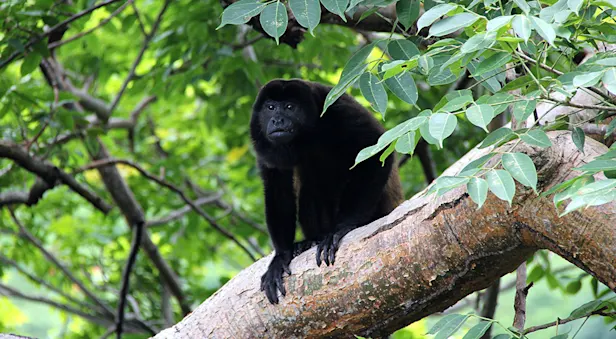
Howler Monkey
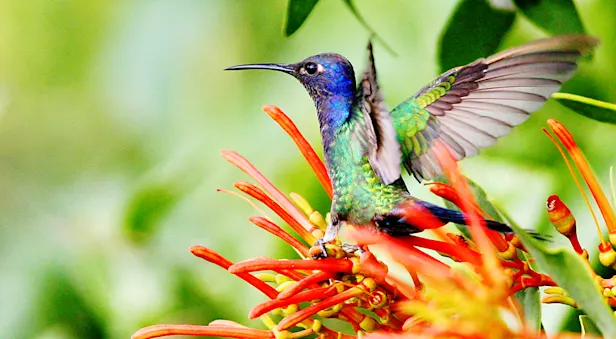
Hummingbird
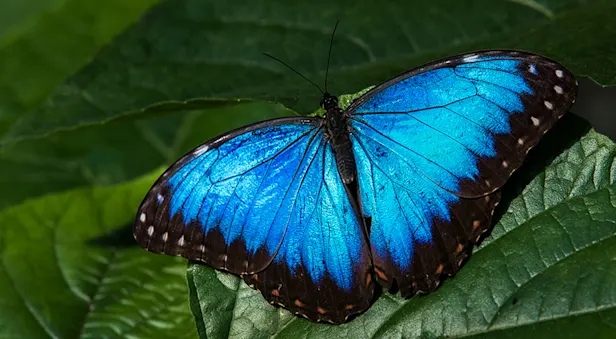
Insects
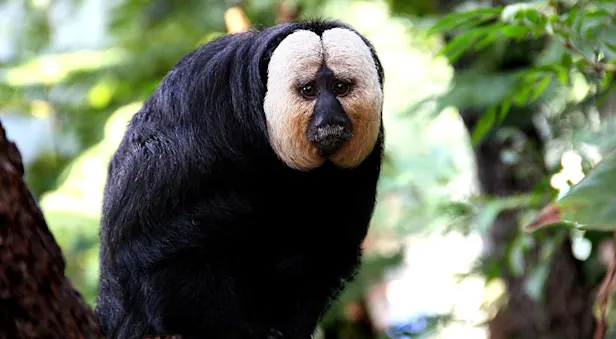
Saki Monkey
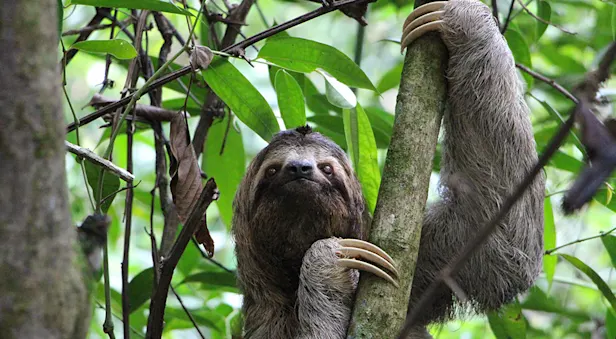
Sloth
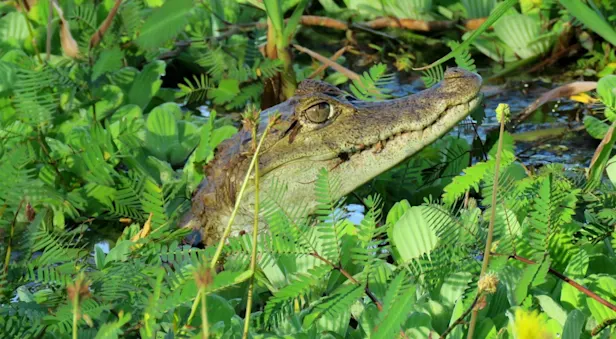
Spectacled Caiman
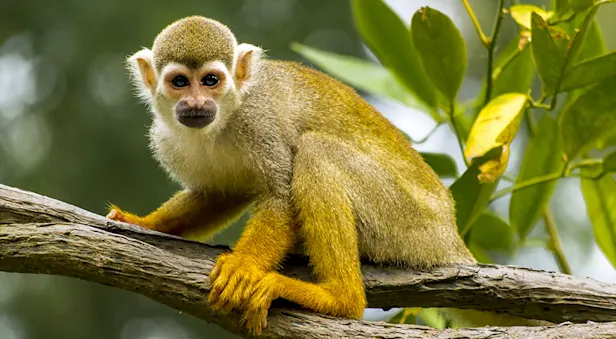
Squirrel Monkey
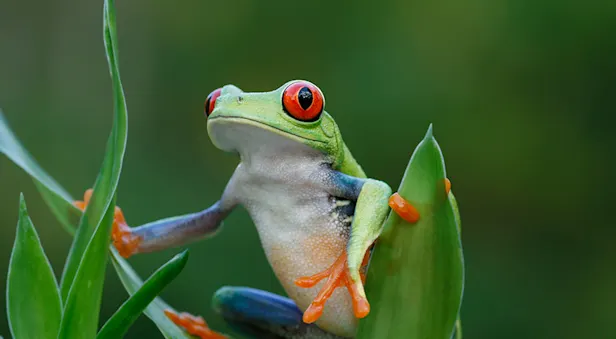
Tree Frog
Amazon Tours
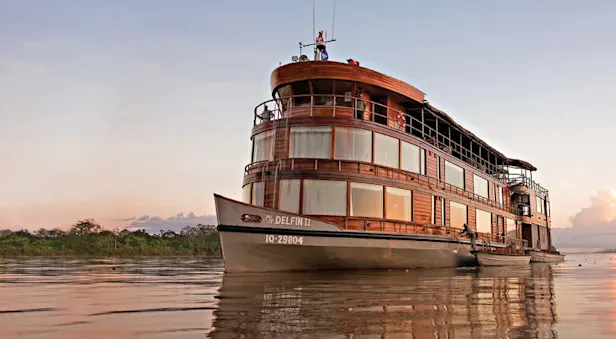
The Great Amazon River Expedition
Encounter rainforest wildlife from monkeys to macaws as our deluxe riverboat follows more than 400 miles of the Peruvian Amazon and its main tributaries to explore the river's remote headwaters.
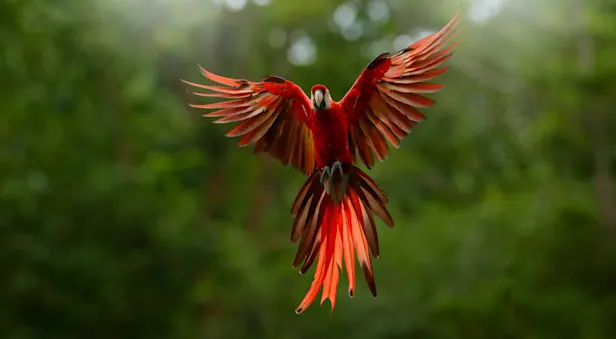
Discover Amazon & Machu Picchu
A spectacular combination of nature, history and culture awaits on this jungle adventure to the famed Lost City of the Incas and the heart of the Amazon rainforest, teeming with wildlife.
Wildlife Webinars
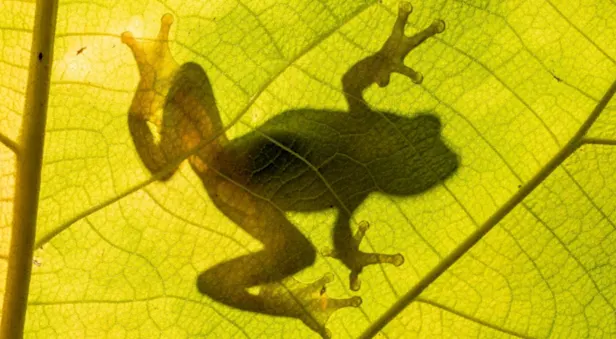
Four “New” Frog Species to Celebrate on Save the Frogs Day
—By Cathy Brown
Four new species of frogs were recently found by scientists around the world and we’re here to celebrate them for Save the Frogs Day!
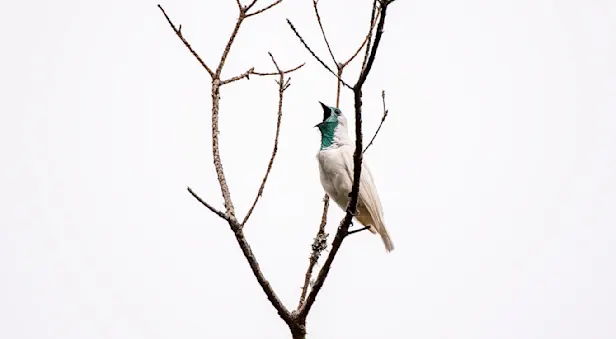
The Loudest Bird on the Planet Lives in the Amazon
—By Candice Gaukel Andrews
In a recent study published in the science journal Current Biology, biologists report that they have now recorded the loudest bird calls ever documented. Surprisingly, they’re made by dove-sized, male white bellbirds that live in the cloud forests of the northern Amazon.
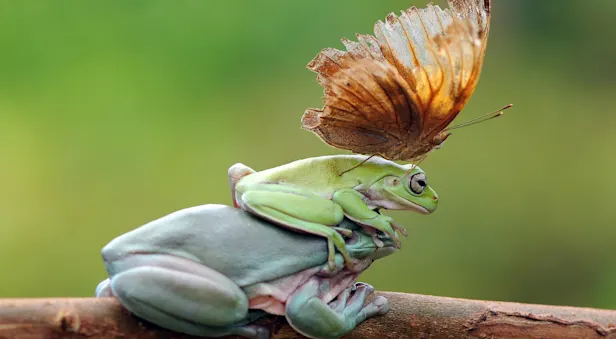
9 New Animal Species to Celebrate in the New Year
—By Michelle Peters
Despite the challenges today’s world faces, Planet Earth is the gift that keeps on giving. That’s good news for scientists who relish the rush of discovery, as some think there are approximately 8.7 million species left to be found.






